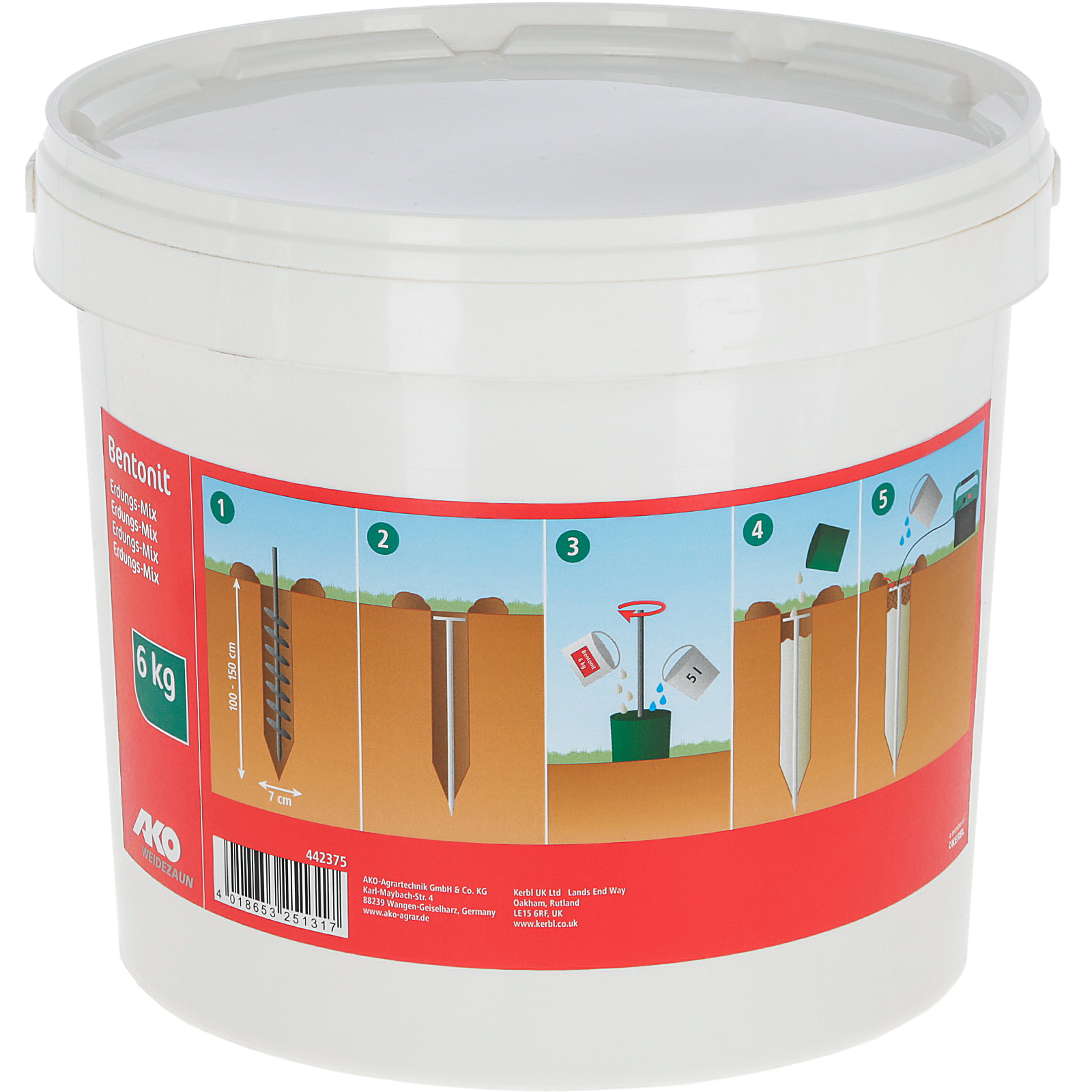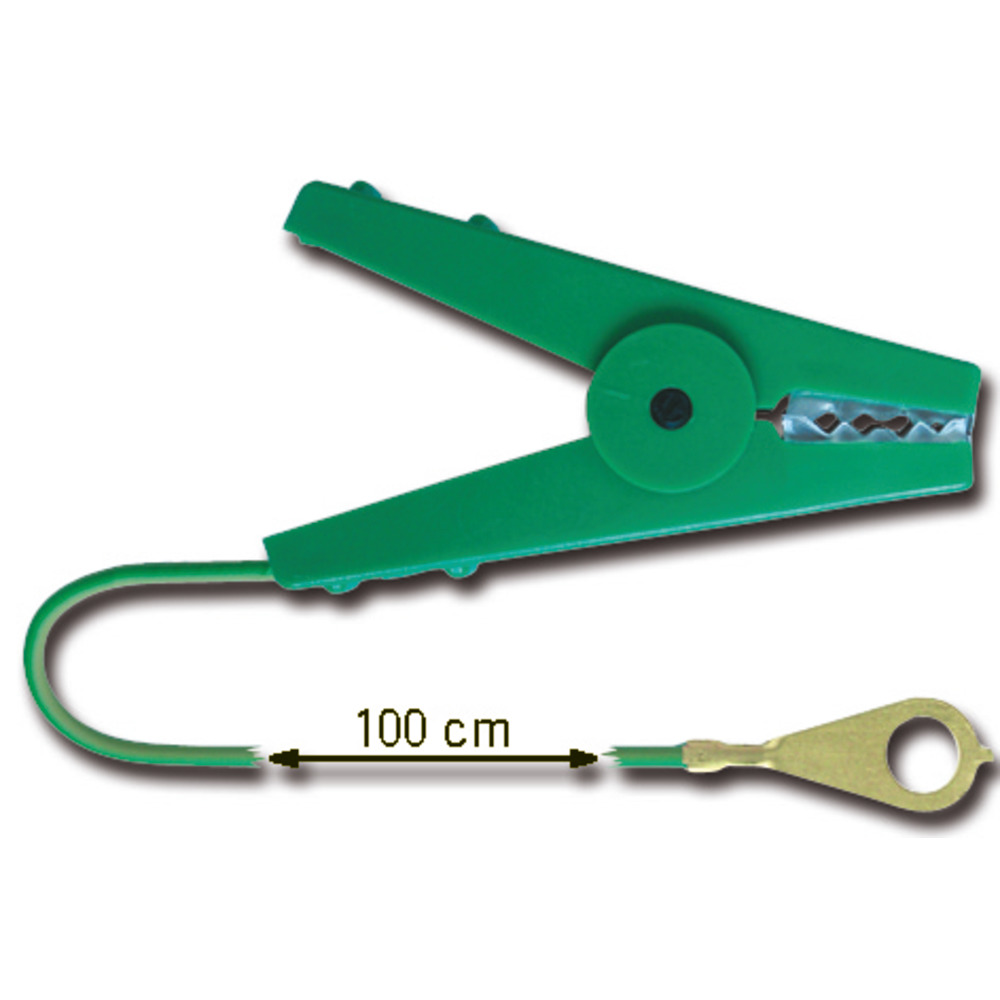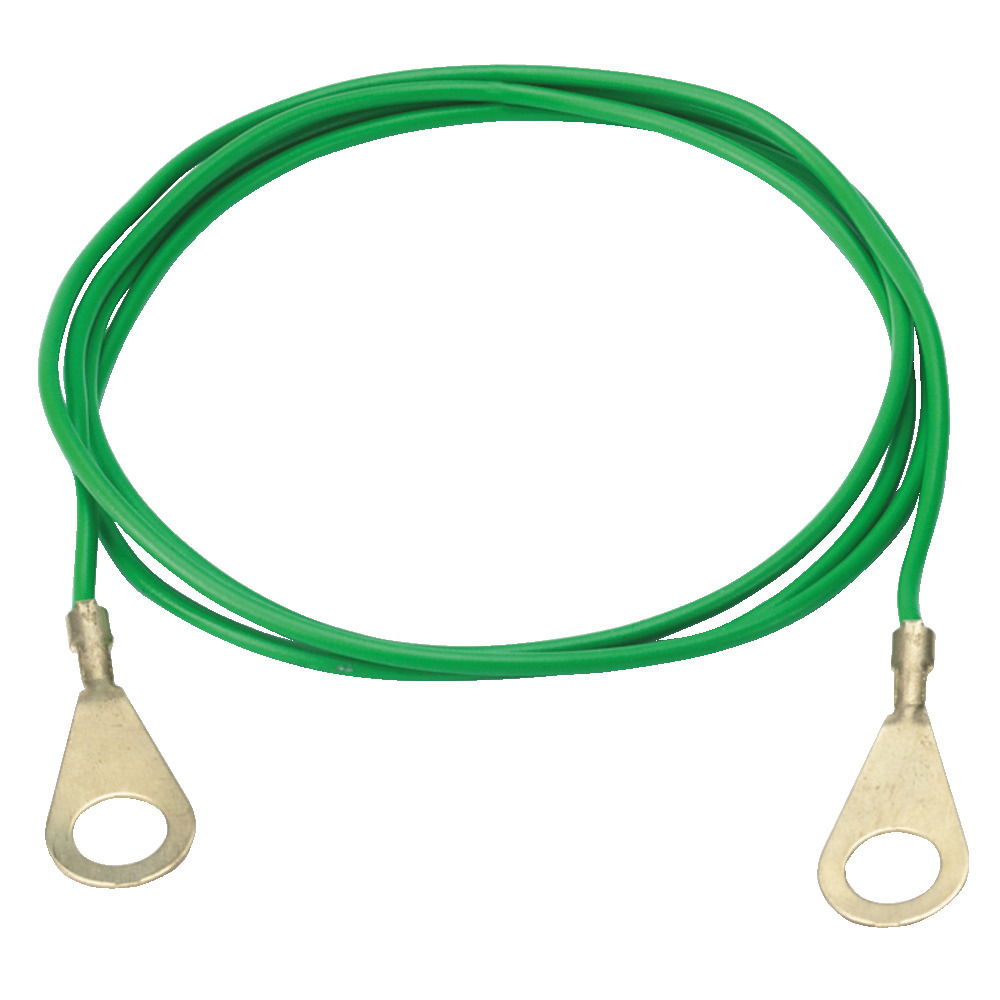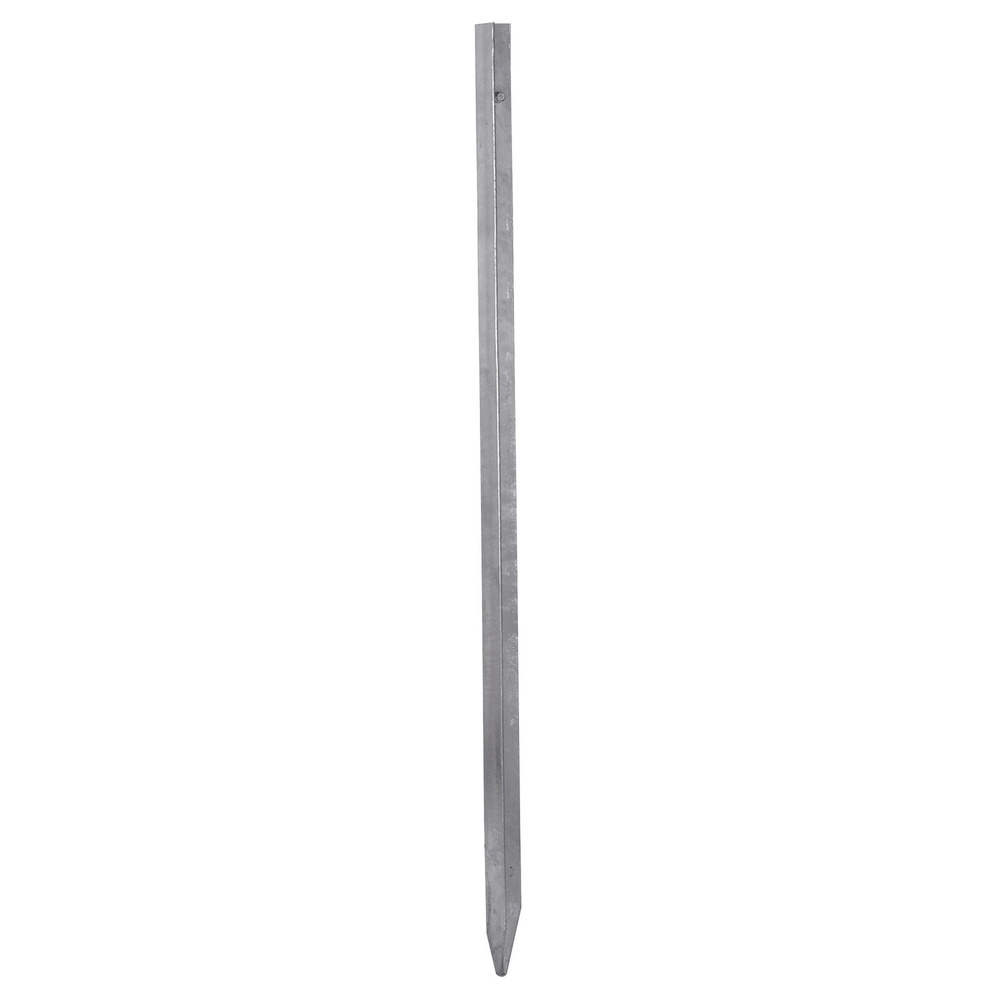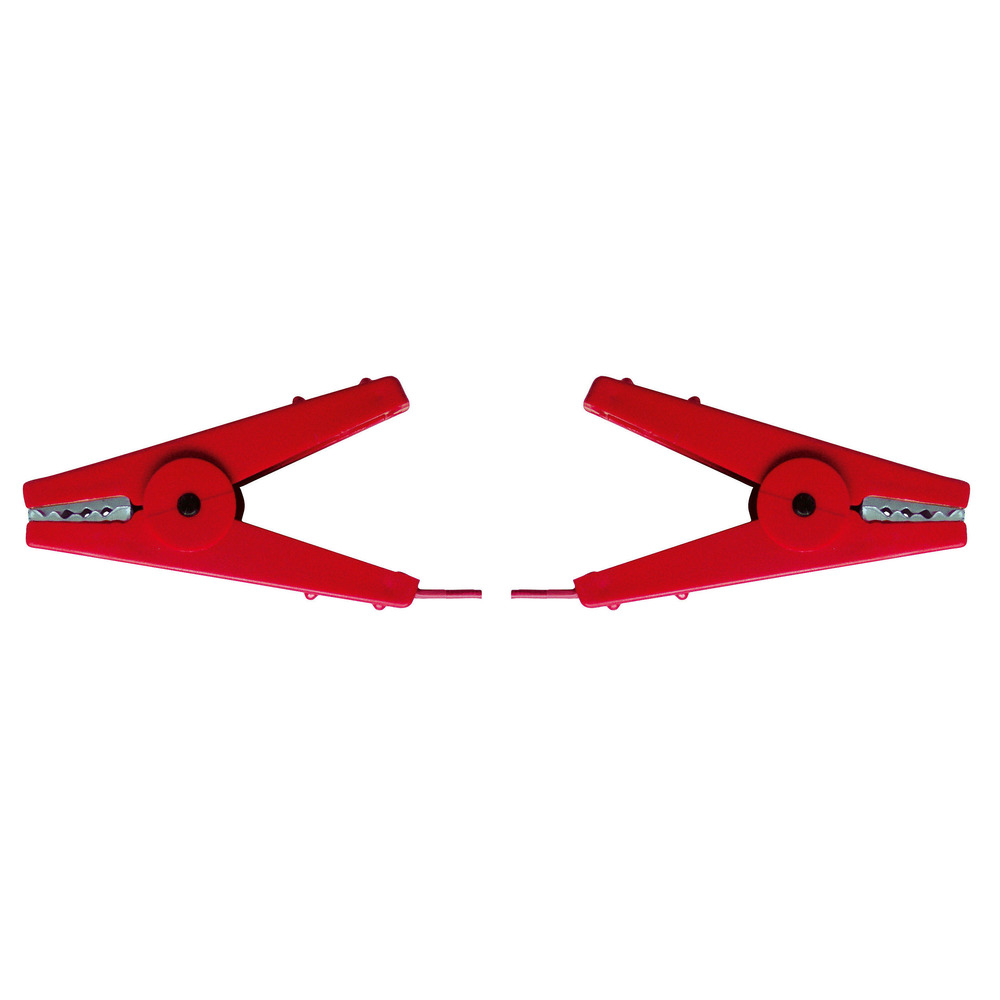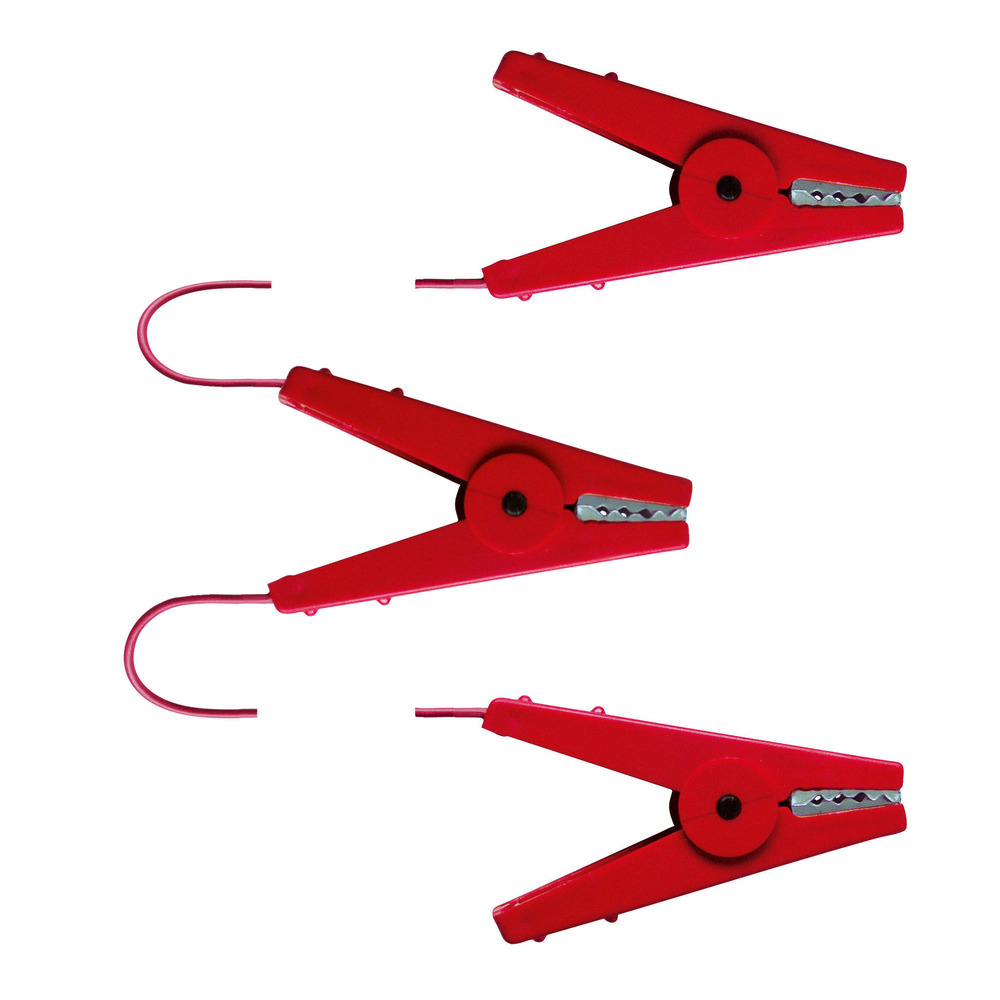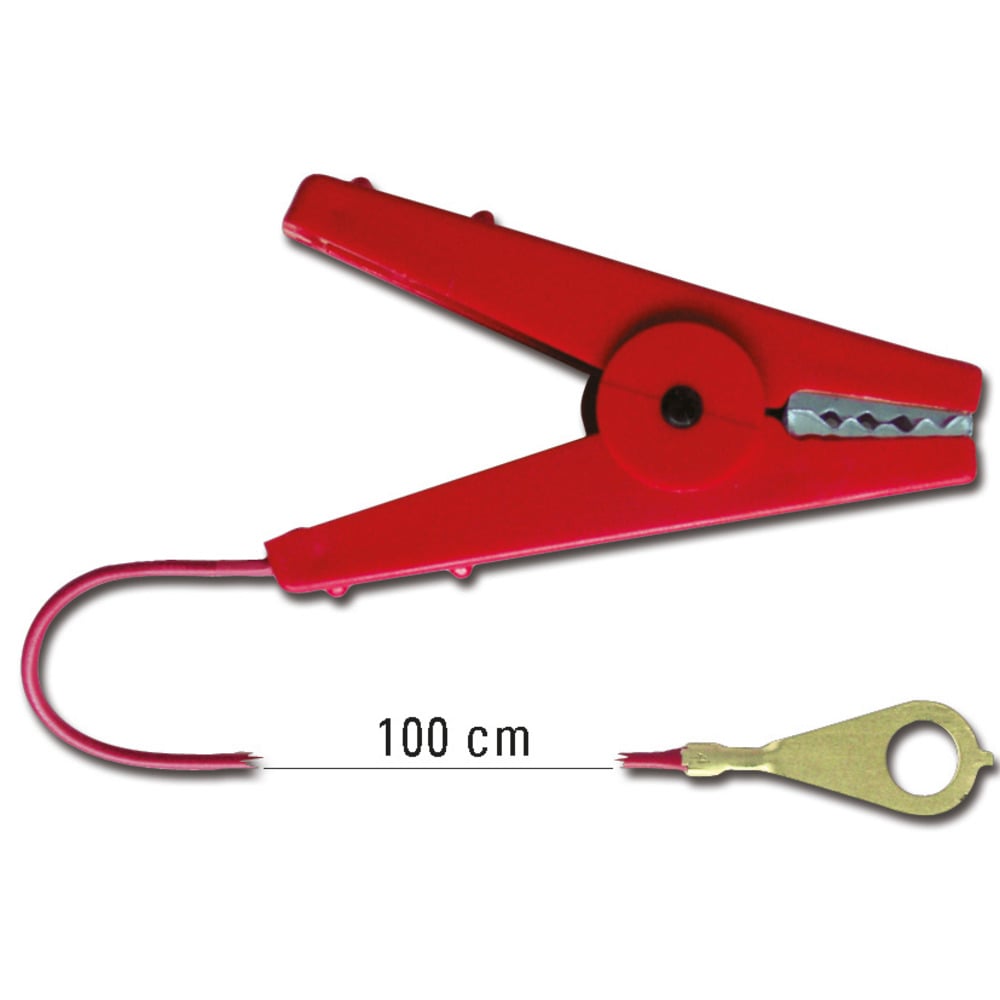28/12/2023
Earthing
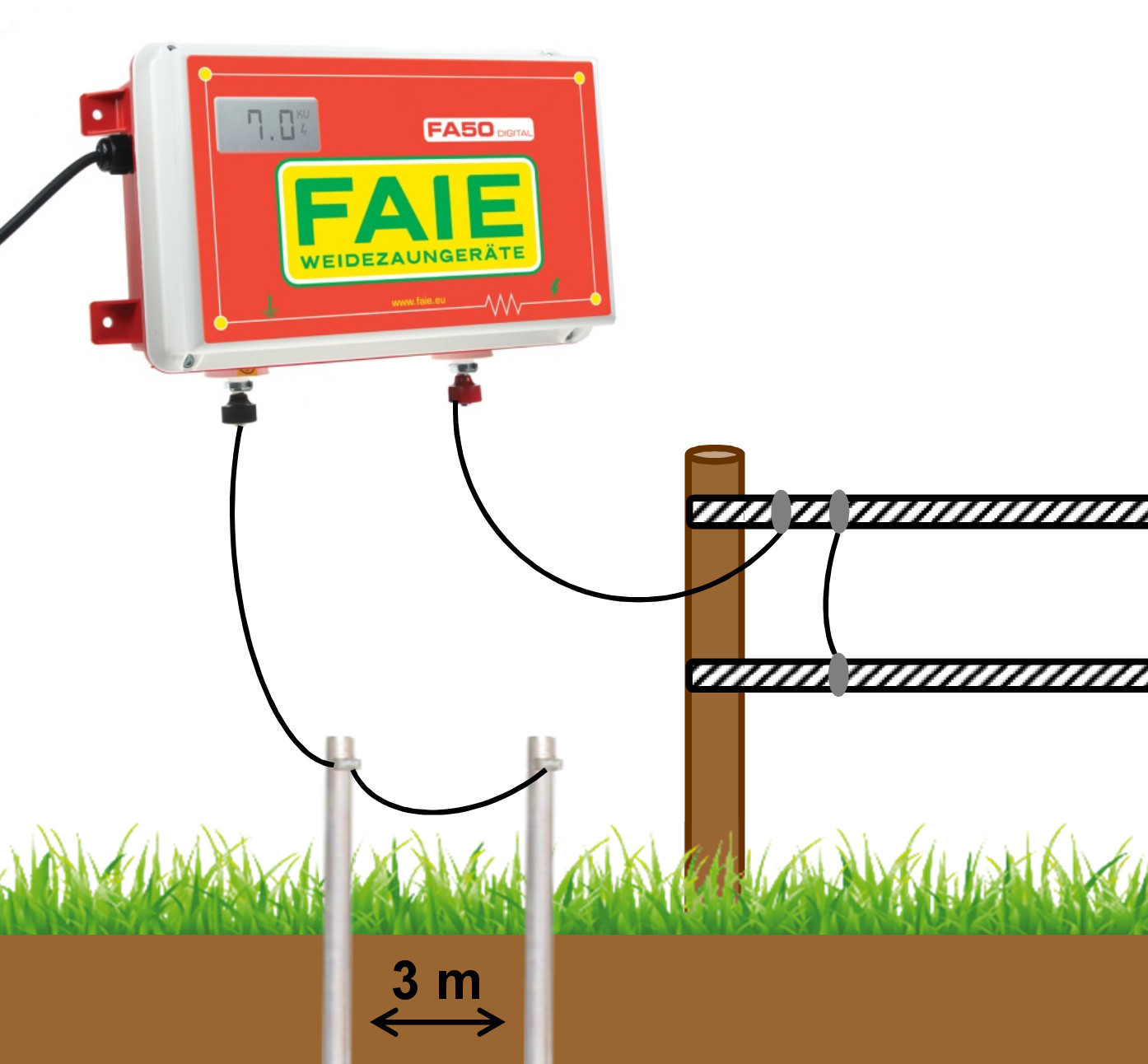
Structure of an earthing
Correct and good earthing is essential for the function of a electric fence. Even the strongest and best device can drive you crazy if the earthing is inadequate.
Each device always has at least two outputs - one output to the fence (fence connection) and one to earth, i.e. to the earth rod.
The ground rod should be made of stainless material and the length and number depend on the strength of the electric fence (see recommendations below). The ground rod should be driven into soil that is as moist as possible, as this conducts the current better. If you have dry or sandy soil, it is better to insert more ground rods or proceed according to the plus-minus principle (see diagram below). If you use several ground rods, keep a distance of at least 3 meters between the individual rods and connect them with high-voltage cables.
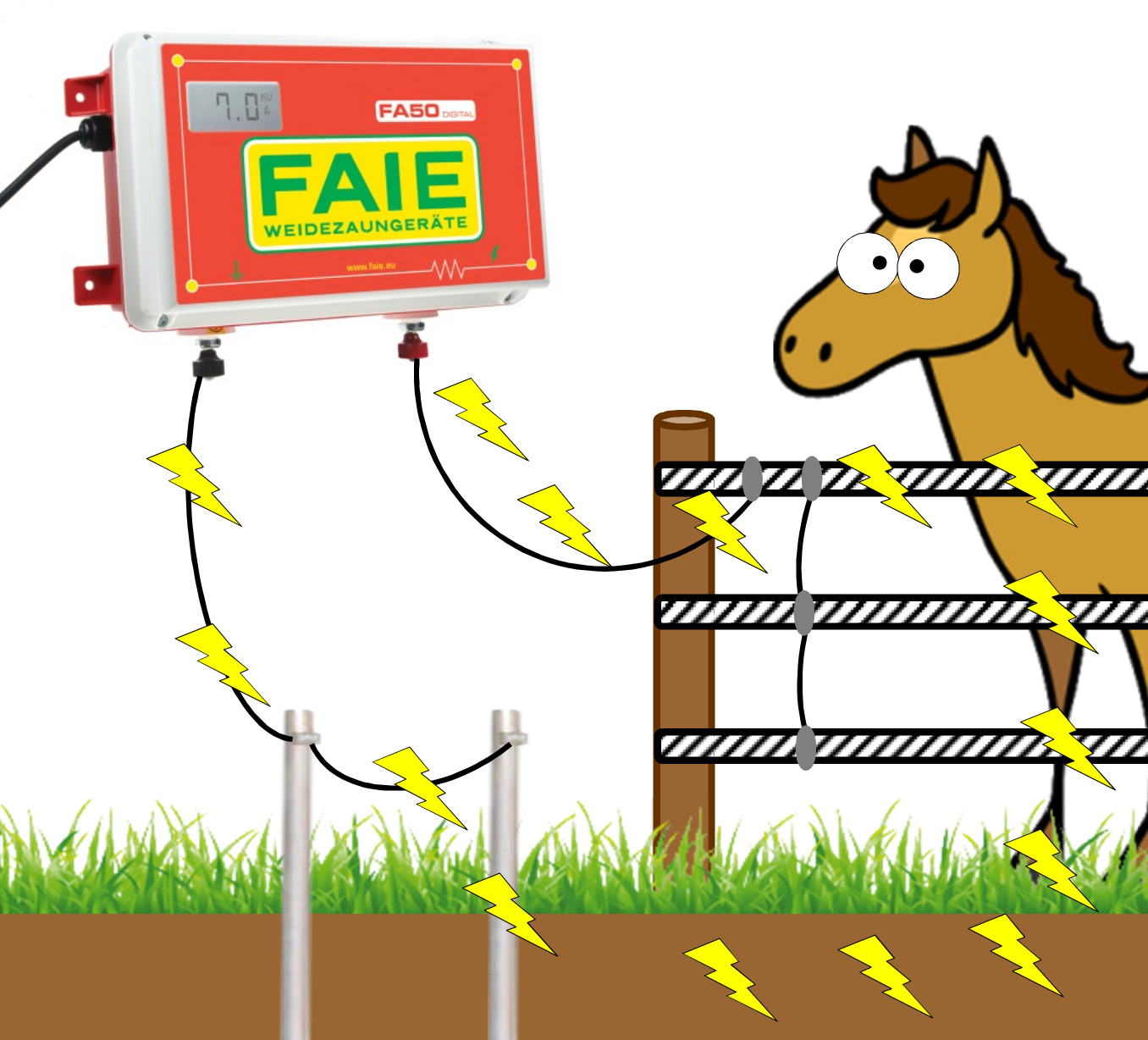
How the earthing works
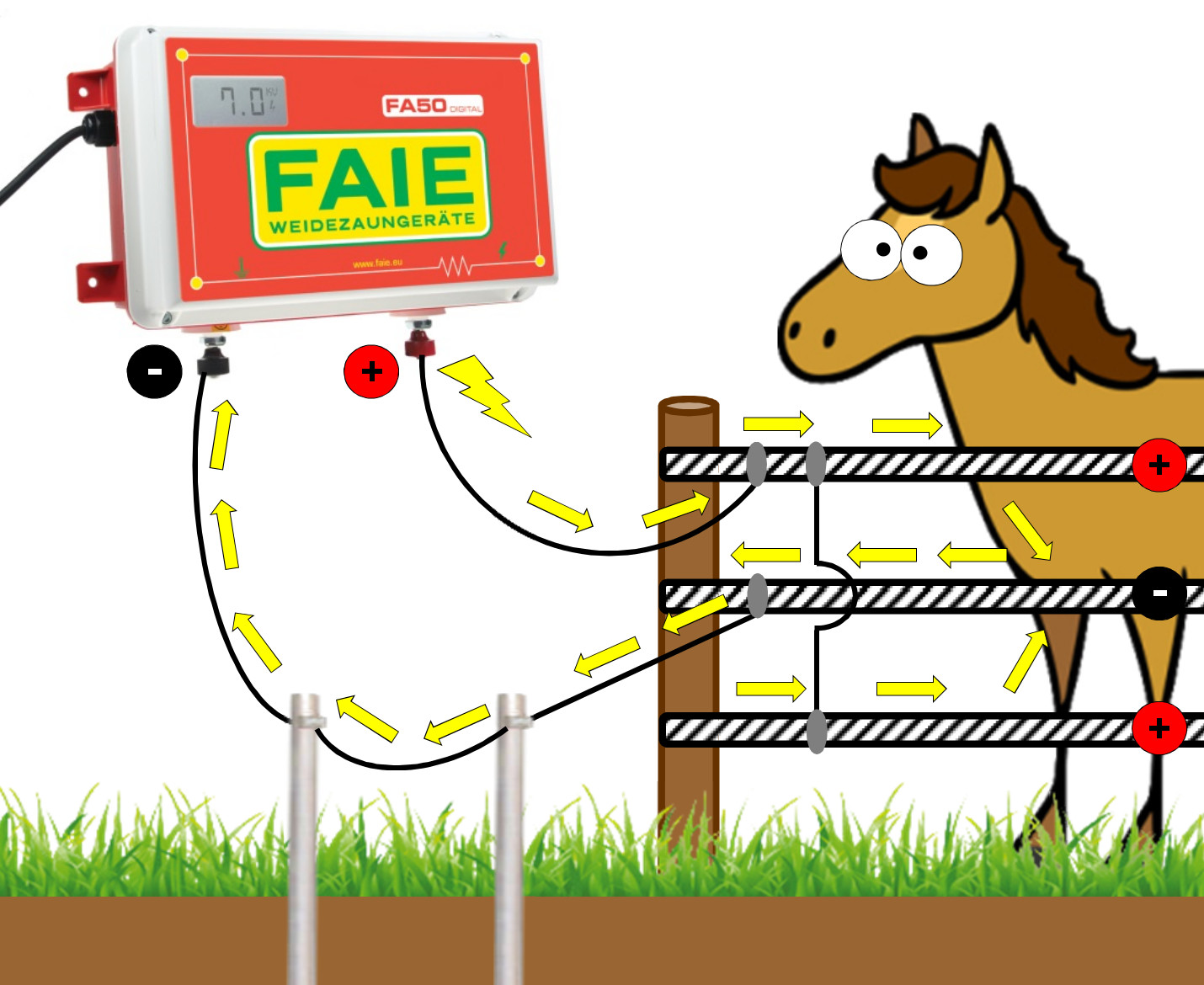
Plus-minus fence
If you have extreme soil conditions (particularly sandy or extremely dry soils), you can install a so-called plus-minus fence. This involves installing an additional fence conductor that is connected to the earth. This gives you a + and a - conductor.
If the animal touches both conductors at the same time, the circuit is closed and it feels the electric shock via the ground even without sufficient earthing.
Important recommendations and legal provisions are
- Min. 10 m distance between the first earthing rod and the next earthing system (e.g. house earthing)
- Min. 1 ground rod (preferably 2), length min. 1 m (except mobile fences)
- 3 m distance between the individual bars
- Moist soil conducts much better than dry, stony soil
- More powerful devices require better earthing.
- Standard values are: 1 joule of impulse energy - 1 rod
- 2-5 joules of impulse energy - 2-3 rods
- > 10 joules of impulse energy - 3-6 rods
- Earthing rods should be made of non-rusting material
How do you measure whether you have sufficient earthing?
- Create a short circuit approx. 100 m away from the electric fence energizer (e.g. insert iron rods into the ground that are in contact with the conductor material); the fence voltage should now be around 2000 V.
- Use a fence tester/voltmeter to measure the voltage at the last earth rod:
- 0-200 V: ideal earthing
- 200-600 V: Tolerance range
- > 600 V: insufficient earthing! Several earthing rods must be hammered in to ensure an optimum guard voltage

